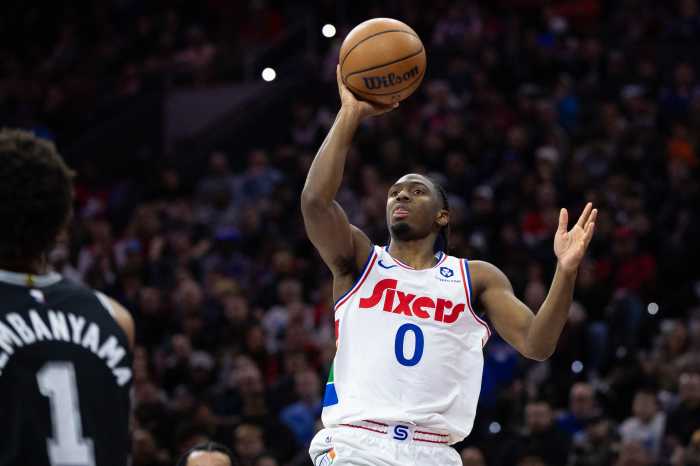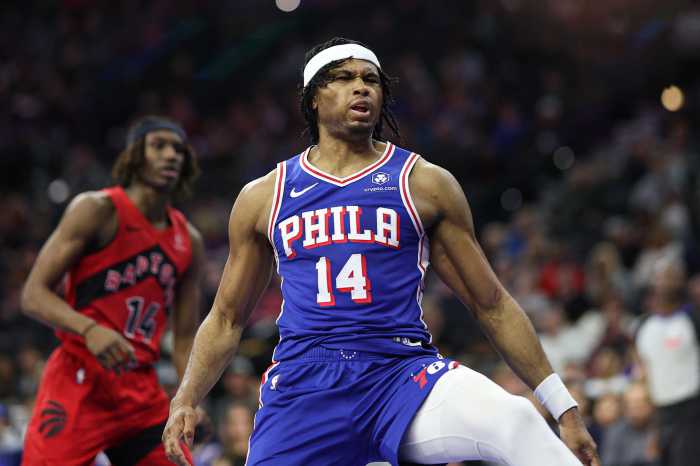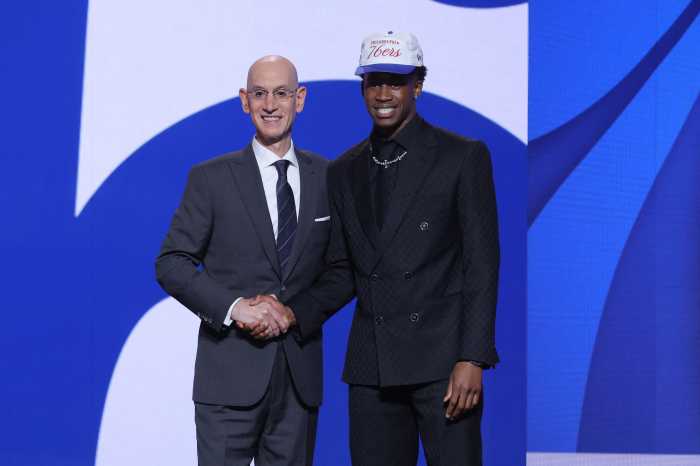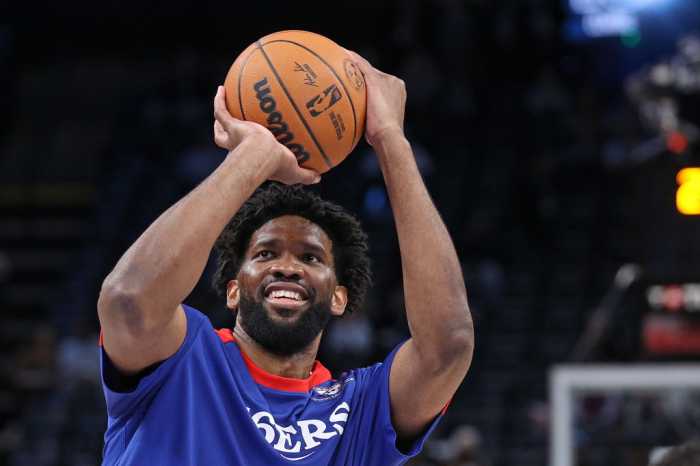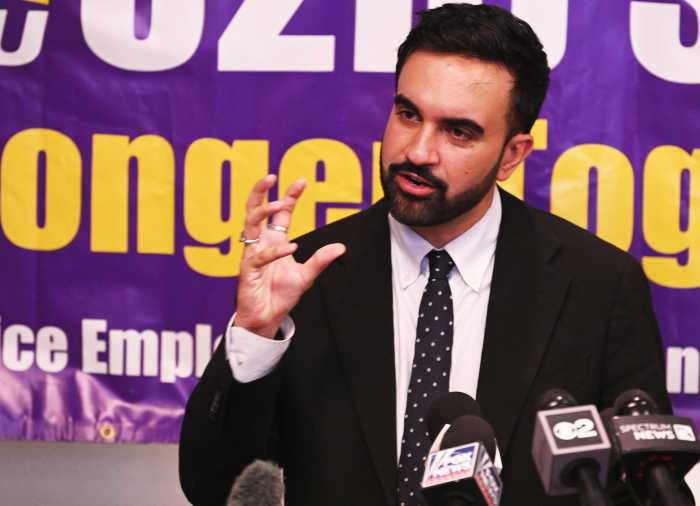Georges Niang has been one of the many wins on President Daryl Morey’s résumé since the executive took his helm with the Philadelphia 76ers. The former Iowa State Cyclone has fit in perfectly with the Sixers as one of the few spot-up sharpshooters at Joel Embiid and James Harden’s disposal whenever the opposing defense collapses on them. Thriving off of the wide-open opportunities created for him, Niang has banged in over two 3-pointers a night at a 40-percent clip since landing in Philly.
There have been some ups and downs along the way — with the valleys mostly due to his atrocious perimeter defense — but it appears that the Minivan has regained Head Coach Doc Rivers’s favor and will be a featured part of the playoff rotation moving forward. At the least, Niang is one of only two true movement shooters on the Sixers’ roster, so Philly will need his services in spot minutes to provide the spacing necessary for Embiid and Harden to do their work inside.
Believe it or not, though, Niang’s development into a shooting specialist is a recent arc in his storied career. While he’s always been a reliable deep shooter, 3-point shooting was relatively low on his list of strengths coming out of Iowa State.
Who is Georges Niang?
In 2016, Niang was drafted with the 50th overall pick by the Indiana Pacers in the second round. He struggled to carve out a niche for himself there, appearing in only 23 games with an average of four minutes per outing in 2016-2017.
As he failed to land a consistent role in Indiana, the Pacers let him walk as a free agent in the summer of 2017. He signed a two-way contract with the Utah Jazz that offseason before subsequently signing a full, three-year deal in 2018 for just under $5 million.
Through his tenure with the Jazz, Niang established himself as one of the best catch-and-shoot snipers in the league, averaging over 41 percent marks from deep in Utah. This marksmanship is what made him an appealing acquisition for Daryl Morey and the Philadelphia 76ers, and he’s only maintained his sweet shooting stroke in Philly.
While he’s been able to accumulate generational wealth with his outside shooting, those who have only experienced Niang as an NBA player would hardly recognize him if they were to watch his highlights from his time at Iowa State.
As a Cyclone, he established himself as one of the best scoring forwards in the country, regularly carving up defenses as a pseudo-point forward. He routinely made his way to the rim by attacking closeouts, driving by defenses with methodical, off-beat dribbles, or unleashing a variety of fluttering post moves on the low block.
By his senior year, the Iowa State offense ran almost entirely through Niang as a post-hub and transition playmaker. While he still took the occasional spot-up triple, the majority of his offense was self-generated, which couldn’t be further from his role with the Sixers.
As a senior, Niang averaged 20.5 points and 3.3 assists per game while shooting 55 percent from the field and 39 percent from deep. Less than a third of his attempts came from beyond the arc, as he did most of his work as a slasher and low-block creator. As a Sixer, over 75 percent of his shots come from 3-point land.
Every now and then, Niang does find the opportunity to flash some of the playmaking that made him an intriguing prospect coming out of college. Take this transition scoop that he wound up with against the Orlando Magic back in November. After coming up the steal, the Minivan floats a perfect lob pass to Tobias Harris to notch his fifth assist on the night:
Aside from the occasional highlight-worthy dime and his deep shooting, though, there are nearly zero indicators of Niang’s college game remaining in his NBA role.
Will we ever see the old Georges Niang with the Philadelphia 76ers?
It makes perfect sense why Georges Niang has remodeled his game to become a movement shooting specialist. The NBA has virtually eradicated post-offense in its entirety outside of the true superstar big men such as Joel Embiid and Nikola Jokic. That fact, coupled with Niang’s subpar athleticism, required him to take his offense behind the arc to truly be effective.
At least, that used to be the case at the time he entered the league. Since then, the NBA has seen a number of uniquely athletic phenoms affect the game with their unorthodox blend of skills. The Joker never would have become a two-time MVP if his staff tried to shoehorn him into a traditional run-and-jump big man.
In Houston, the world is watching an undersized, unathletic power forward dominate games with his footwork and post control when they tune into a Rockets game, and Alperen Sengun is taking over. Kenneth Lofton Jr. closed out the regular season for the Memphis Grizzlies with a 42-point performance, using his oversized frame as a bruiser to bombard the paint and get himself to the line repeatedly. Talen Horton-Tucker routinely puts up 20 pieces while hitting defenses with the slowest crossovers imaginable.
The NBA is seeing a renaissance for players like Niang, who can take control of games in ways that defenses aren’t used to seeing. Even though he’s quite slow-footed, he’s actually more agile than he was in college. At 6’8, he should be able to draw plenty of mismatches in the post either on switches or just straight up against opposing backup big men.
The Sixers have needed a reliable creator off of the bench all season and tried to fit a square peg in Maxey into that round hole. They could have addressed the issue at the trade deadline, but Morey elected to maintain his roster to finish the season.
With the shortened rotation in the postseason, Head Coach Doc Rivers should be able to keep one or even two of Embiid, Harden, and Maxey on the floor at all times. But, should the need ever arise, the Sixers have a secret weapon at their disposal.
Deploying Niang as a secondary creator off of the pine could unlock his full potential as a role player and give the Philadelphia 76ers a diversified offensive portfolio that’ll make them exponentially harder to defend throughout their playoff run.


